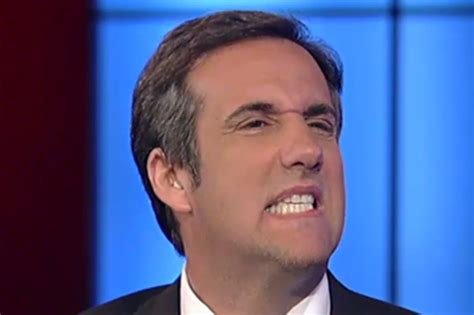Amtrak trains keep crashing
After an Amtrak train collided with a vehicle injuring two people in Oakland last month — just one of several train accidents in the recent past — experts and industry advocates are looking at new technology that could prevent these kinds of accidents in the future.
According to an NBC news report, authorities dispatched firefighters at about 11 a.m. following a report of the collision at 50th Avenue and East Eighth Street.
A person was clearing the train tracks of debris with a front loader when the train struck the front loader, according to Oakland Fire Department spokesman Michael Hunt. The victim was taken to a hospital with serious injuries.
“There was a big cloud of smoke and ran over there to see if anyone was in it,” said a witness named Tom, who told NBC that he heard the crash and quickly sprang into action. “Your first thought is that there is a human being in there and he has a family.” He said the tractor driver suffered major injuries to his face and legs. “I tried to reassure him that we had help on the way and to just hold on,” said Tom. “There was diesel all over the place, you could smell the gas.”
What’s worse is that these kinds of accidents involving obstacles on railroad tracks have been around for decades, and the trend shows no sign of abating. According to research firm Statista, there have been more than 91,000 train accidents in the US alone since 2013, accounting for more than 61,000 injuries and more than 6,000 fatalities, according to Statista. These accidents cost untold billions in lost freight, repairs, and healthcare costs and result in civil lawsuits.
According to an Allenton, PA WMFZ-TV news report, recent obstacle-caused accidents have included:
- June 26, 2022: Three people in a car were killed when an Amtrak commuter train smashed into their vehicle in Northern California. No one on the train was injured.
- April 3, 2016: Two maintenance workers were struck and killed by a train going more than 100 mph in Chester, Pennsylvania. The lead engine of the train derailed.
- March 14, 2016: A train traveling from Los Angeles to Chicago derailed in southwest Kansas, injuring at least 32 people. Investigators concluded a cattle feed delivery truck hit the track and shifted it at least a foot before the derailment.
- Oct. 5, 2015: A train headed from Vermont to Washington, D.C., derailed when it hit rocks that had fallen onto the track from a ledge. Seven people were injured.
In late 2020, Amtrak announced the completion of its Positive Train Control (PTC) technology adoption, which was aimed at preventing train derailments caused by high speed. PTC systems automatically adjust a train’s speed based on the train’s location with regard to curves and steep hills. But that technology cannot prevent accidents caused by obstacles on the train tracks.
Calls for Amtrak to install the technology began in January 2017, but it took Amtrak more than three years to adopt and completely implement the technology. One technologist, whose company has actually developed and patented new tech designed to specifically avoid accidents caused by train track obstacles, is calling for Amtrak to move with more urgency to address these vulnerabilities in the future.
“The adoption of PTC was an important safety innovation for Amtrak, but it’s just one piece of the puzzle,” said Shahar Hania, CEO of Rail Vision Ltd. (NASDAQ: RVSN). “PTC’s tech focuses on speed and position, which are fixed circumstances, but obstacles in the tracks are situational, and can happen — and have happened — with alarming frequency.”
Founded in 2016, Rail Vision develops systems based on image processing technology that provide early warnings to train drivers of hazards on and around the railway track, including in all weather and lighting conditions. The systems use high-resolution cameras to identify objects up to 2,000 meters away, along with a computer unit that uses AI machine-learning algorithms to identify objects on or near the tracks, and warn the train driver of the obstacle and potential danger.
The company recently received notice of allowance from the Japan Patent Office (JPO) for its patent titled, “System and Methods for Object and Obstacle Detection and Classification in Collision Avoidance of Railway Applications,” covering the company’s artificial intelligence (A.I.) based technology specifically designed for railways.
Just about a month ago, Ian Jeffries, the president and CEO of the Association of American Railways, called on Transportation Secretary Pete Buttigieg and Congress to move quickly to adopt new technology to make railways safer.
“The freight rail industry writes in acknowledgment and appreciation for the principles you recently outlined for technological innovation,” Jeffries wrote. “We agree with the need for government and industry to collaborate, that innovation and workers must thrive together and that policies must be flexible and forward-looking knowing that the future is unpredictable. The U.S. is best served when policymakers let data guide innovation, especially to address goals such as improved safety, tackling climate change, and creating more resilient and fluid supply chains.”



